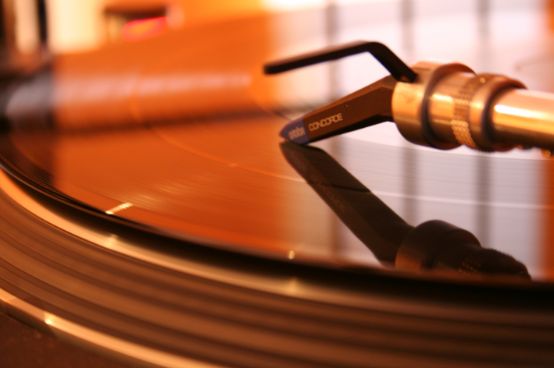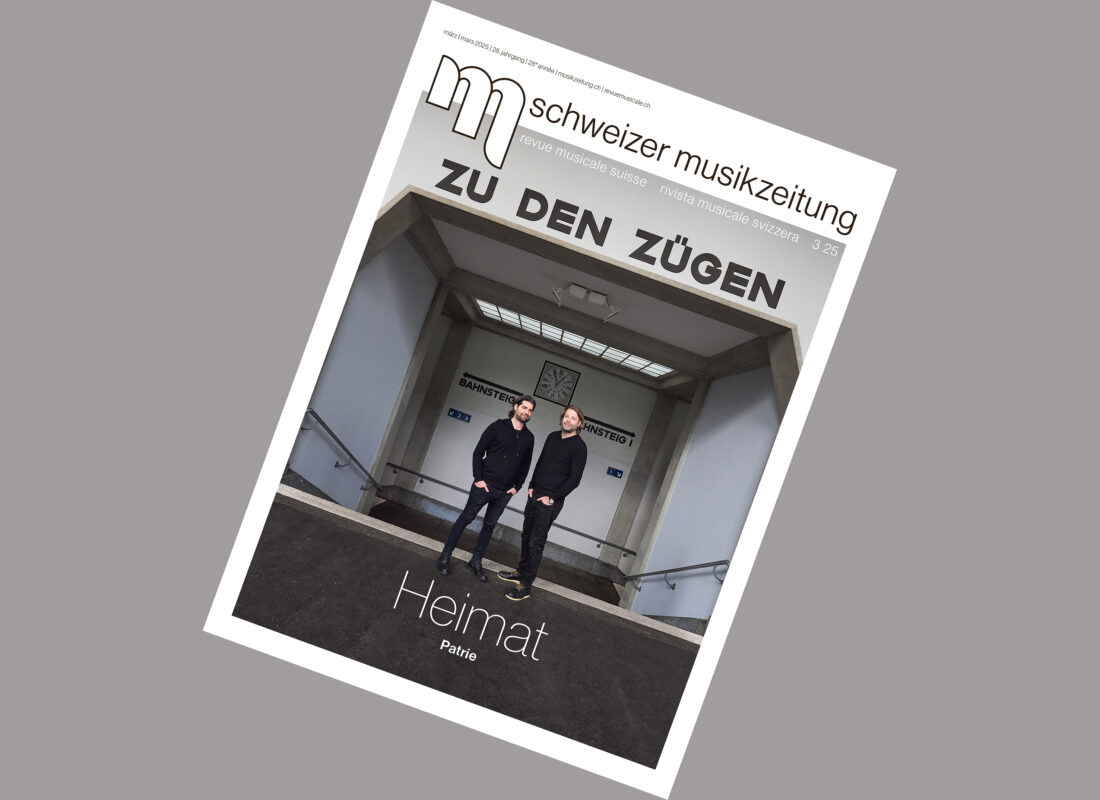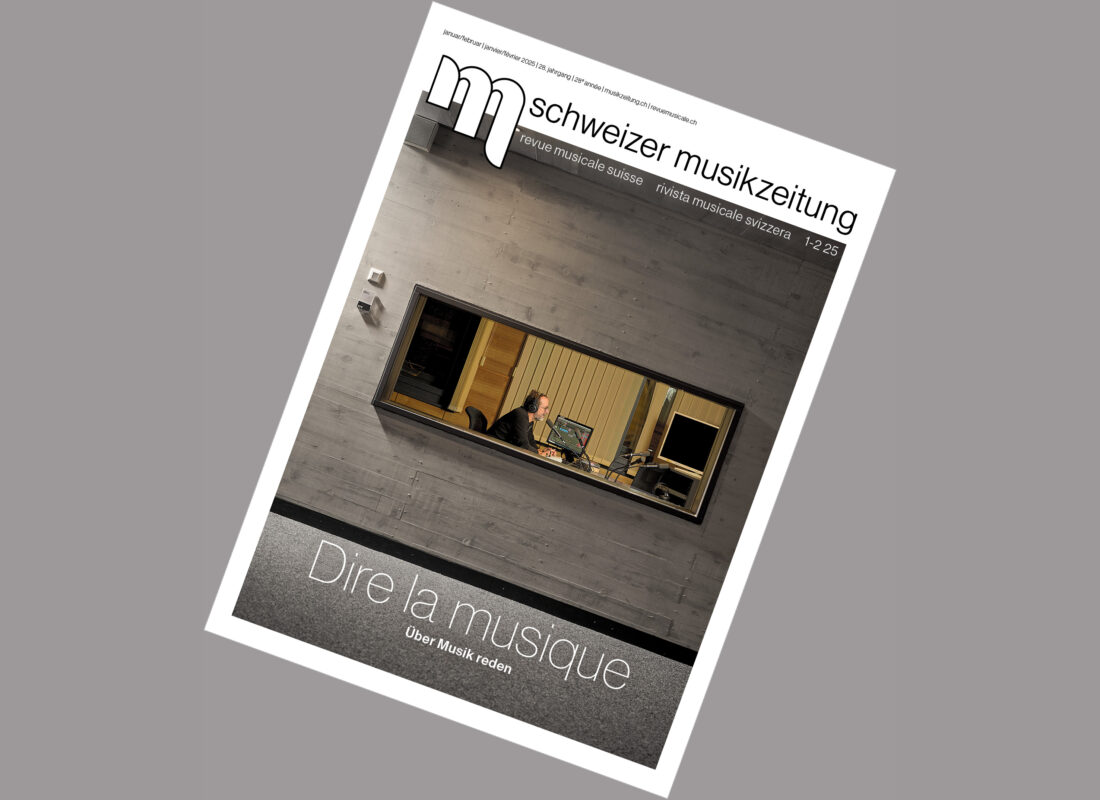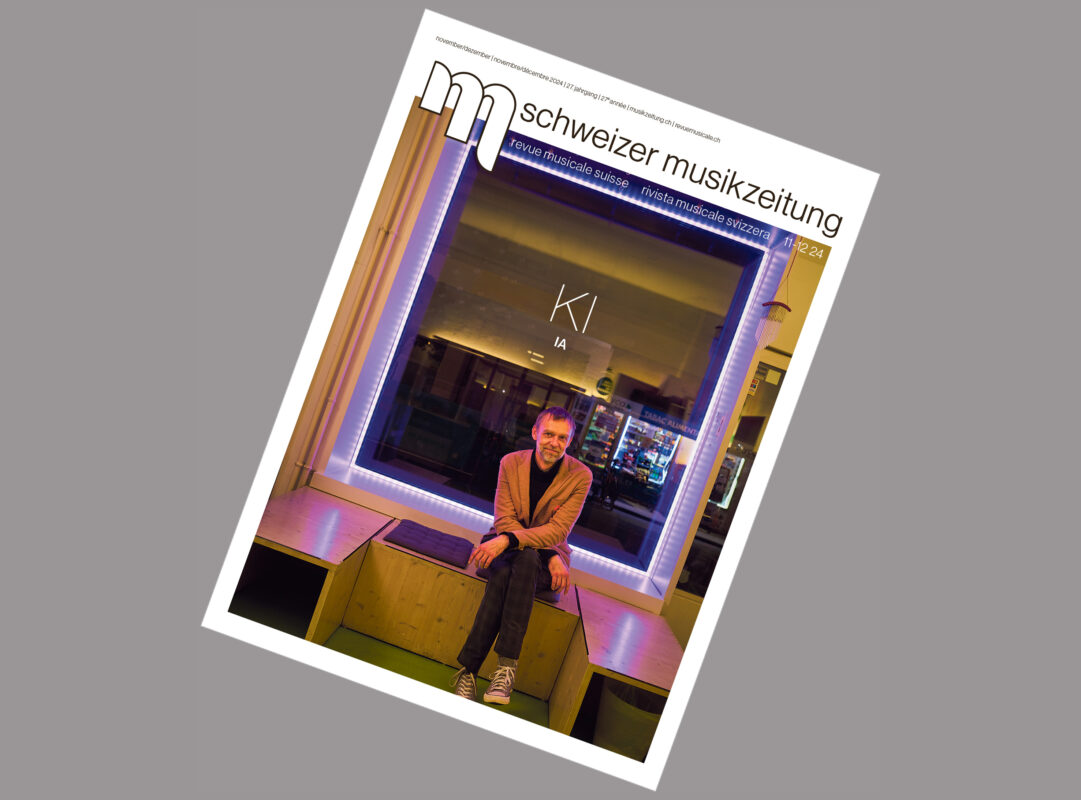Between restoration and reinterpretation
How are historical photographs updated? A brief outline of the variety of formats, conservation aspects and current procedures. And the basic question: Do you try to reproduce the original sound as objectively as possible or do you adapt it to modern listening habits?


How are historical photographs updated? A brief outline of the variety of formats, conservation aspects and current procedures. And the basic question: Do you try to reproduce the original sound as objectively as possible or do you adapt it to modern listening habits?
Historical sound recordings are available in many formats, depending on when they were made. Mechanical recording systems such as wax cylinders and shellac records were already in use at the end of the 19th century, followed by acetate and later vinyl records. Mechanical sound carriers were recorded using the acoustic method until the 1920s, after which electrical recording systems became established. Magnetic sound recording was introduced as early as 1898 and recording methods on wire were used in various areas. However, it was the discovery of the principle of pre-magnetization that helped audio tape achieve its breakthrough. All these formats have specific requirements in terms of storage, conservation measures, cleaning, etc. They also have different tonal characteristics, which must be taken into account during the digitization process and later when making decisions about audio processing.
As the lifespan of various sound carriers draws to a close and every mechanical playback process further damages the analogue media, it is clear that the digitization process should always be about the long-term preservation of the sound sources. The conversion of old sound carriers into digital formats is becoming even more urgent because many playback devices are difficult or impossible to obtain and are often not in optimal condition. Even with "younger" formats such as certain types of tape, it can be difficult to find suitable tape machines and any necessary additional equipment and to have them professionally repaired. In addition, digitizations that have already been carried out sometimes have to be repeated because the sound carriers used at the time prove to be unsuitable for permanent archiving or because an improved sound quality of the digitized material is desired. Institutions specializing in archiving (e.g. the Swiss National Sound Archives) are particularly challenged here to develop and implement suitable models. However, the problem also affects commercial record labels that work with archive stocks of matrices, first pressings, master tapes, etc.
From studio equipment to PC software
The restoration of historical audio recordings has been carried out using digital signal processing (DSP) since the end of the 1980s at the latest. But of course it was common practice in recording studios long before the digitalization of audio technology, and many analogue restoration projects also achieved excellent results. However, digital algorithms allowed interference signals to be identified and reduced in a more targeted and precise manner, and they also made it possible to automate entire work steps and thus process large quantities of sound material.
Thanks to the continuous development of these technologies and the availability of ever more powerful (and affordable) processors, practically all work steps can now be carried out on the computer in the home studio, whereas in the 1990s various work steps were often tied to different, permanently installed machines and audio material had to be processed externally by specialized studios. Today's software solutions run on powerful computers either as stand-alone programs or as plug-ins to entire software-based audio production environments. Current programs include, for example, wizards for the reduction of noise signals such as hiss, clicks, pops, record surface noise, hum, distortion, synchronization fluctuations, and so on. Specific profiles can be created for many of these noises in order to capture the interference signals precisely. Many processes can also be automated, with the system suggesting corrections. Ultimately, however, every correction requires the ear of the processor, as overly drastic interventions often change the sound image in an undesirable way; too much noise reduction, for example, will be noticeable in the form of annoying noise tails, etc. There is also no objectively correct processing; rather, decisions must be made depending on the objective.

- Photo: Jean-Damien Humair
- Various programs can be used to restore old recordings with the help of spectral visualization (above).
Numerous programs also contain tools for spectral visualization and editing of the sound. In contrast to the familiar visualization of sound as a waveform, spectral visualization allows individual sound events to be identified in the frequency spectrum. Using a graphical editing tool similar to those familiar from image editing programs, unwanted noise such as coughing, ringing cell phones, page turning, etc. can then be removed from the spectrum or at least reduced.
The rapid development of affordable software has not only boosted the work of many small labels specializing in reissues of historical recordings, but has also significantly changed production processes throughout the audio and film industry. The wide range of correction options available at least puts the technical requirements of studio environments and recording situations into perspective by allowing problems that would previously have rendered the recording unusable to be rectified.
Countless new editions of varying quality
The reissues of commercial recordings by the major traditional labels are often reworkings of master tapes or matrices of their own productions or unreleased archive material. The reissues that appear in large numbers on smaller labels, on the other hand, tend to be based on commercial sound carriers that are in circulation and become freely available after the legal protection periods have expired. This practice - in addition to the improved and cheaper technology for processing - is also a reason for the enormous increase in such releases since around the 1990s. The quality of these productions can vary greatly from label to label. On the one hand, in terms of programming: meticulously documented anthologies, sometimes supplemented by unreleased material, new editions of important rarities and much more are contrasted with random compilations that sometimes completely obscure the original production context. There are also major differences in quality with regard to the technical sound realization and, not least, the information provided on the preparation process. Many labels do not mention the sources and processes used. In addition, it has to be noted time and again that some labels do not produce the source digitized material themselves, but copy reworked versions from other labels and subject them to various procedures (e.g. by adding reverb and stereo effects), presumably to conceal the origin of the material.
Purism or updating
There is no standard for the restoration of historical sound documents. Far more than in archiving projects, where the primary aim is to preserve a historical document as faithfully as possible, the approaches to commercial adaptations differ. To put it simply, they move between a transfer that is as objective as possible with as few interventions as possible on the one hand and an adaptation that aims to update and adapt the historical sound to modern listening habits on the other. The releases of the British label Pearl, for example, were legendary and not without controversy due to their uncompromising purism. In the early nineties, they presented, among other things, transfers of shellac records with practically no significant filtering of interference signals and yet revealed an astonishing wealth of sonic detail. RCA also chose a purist approach with the reissues of the Living Stereo series from the 1950s and 1960s on CD and SACD. In contrast, the Pristine Classical label, for example, has been pursuing a more updated approach for some years now. In addition to the usual methods such as noise reduction, removal of clicks, humming etc., coughing noises are also removed from historical live recordings. Special software is also used to match the frequency spectrum of old recordings to that of modern ones. Finally, certain room profiles are used to convert the mono signal into a stereo sound image that corresponds more closely to modern listening habits, especially when listening through headphones. These are massive interventions in the historical material, but some of these "updates" have been well received in the specialist press and by the public, such as Artur Schnabel's reworked recording of Ludwig van Beethoven's piano sonatas.
The ongoing development of digital restoration processes and the continuing interest in historical recordings suggest that music labels will continue to produce new editions of historical recordings in the future. The range of (serious) approaches to audio restoration is fascinating, and "updating" approaches are likely to be even more convincing in the future. However, it will then be all the more important to disclose the methods used and put them up for discussion. Will such adaptations then set a precedent, or will listeners be more fascinated by the proximity to the original sound, to the historical object?








